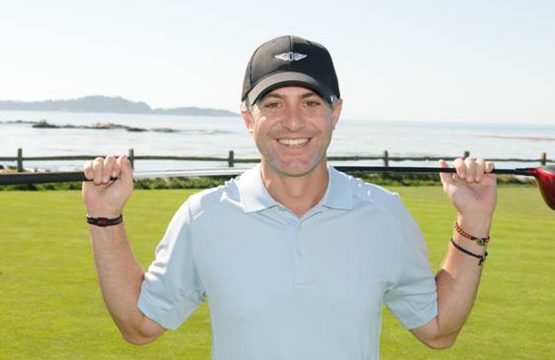Positive Youth Development Theory: The foundation of the TWLC
“The measure of the health of a society is how well it takes care of its youngest generation. By this standard we fail,” wrote the late psychologist Dr. Peter Benson in his 1997 groundbreaking book “All Kids Are Our Kids.”
While Benson shared this sentiment nearly 10 years ago, unfortunately, this statement still holds true today. Benson suggested that too often the national conversation is focused on very basic needs such as food and shelter, or on the reduction of risks such as drugs, racism and abuse. His research and lifelong passion challenged these cultural norms and pointed him, and us, toward the positive. Benson introduced the developmental assets approach, which promoted the molecules of healthy development and focused on building strengths within our youth. Benson’s organization, Search Institute, continues to promote and expand on this Positive Youth Development approach.
But the story I want to tell is the story of a vision and partnership for a new center, the Tiger Woods Learning Center in Anaheim, California. When Dr. Kathy Bihr, TWF vice president of programs and education, and I first met, I was the director of national initiatives for Search Institute. My role was to engage with communities, organizations, programs and schools that wanted to work with young people in a strength-based Positive Youth Development approach.
As Kathy and I talked, our conversation quickly took us into the energy and passion of her vision for a new learning center. Her vision was that this new center should bring out the best in all kids. One that would bring children and youth into a safe space, introduce them to new technologies, give them time to play with new ideas and connect them with teachers who couldn’t wait to expand curiosity into application. I remember thinking, ‘This is one big vision!’ Just the kind of vision that the Search Institute research and community engagement focus was all about.
There were three key principles in this new relationship. The first was that we would be engaged as learning partners. The Institute had never been involved in the evolution of a full-fledged programmatic center build. We needed to consider how all activities might be enhanced by infusing such an intentional developmental approach. Youth and adults should feel this support. We would learn together as the Tiger Woods Learning Center evolved.
The second principle was the true infusion of developmental theory and practice throughout TWLC’s activities. Positive Youth Development means many things to many people. In its most simplistic terms it is about the gestures, relationships and opportunities that need to be in place for young people to thrive. Kathy knew from the start that if her staff was not fully committed to this counter-culture approach it would soon fade like other fads the education community has seen. She also knew that for her vision for TWLC to become a reality they not only had to infuse positive development in their work with youth, but also in their ongoing adult relationships.
And so it began. We launched a learning partnership to deeply instill Positive Youth Development into the day-to-day workings of a brand new center, floor to ceiling. Language shifted from a problem focus as staff learned to redirect their efforts to build on the positive. The TWLC team created time at meetings to honor the best practices they saw their peers engaging in over the last week. The work of the center became deeply focused on positive relationships. The foundation of the Positive Youth Development theory is that thriving behavior occurs through positive and multiple relationships.
Early on we could actually see the results of this hard work. TWLC, however, took it one step further. Once steeped in developmentally sound practices and behaviors, Kathy and her staff knew that was not enough. They embarked upon a continuous improvement strategy. This would be the third principle. Those of us working at Search Institute at the time had not faced this request from a learning partner. Continuous improvement takes a commitment to deep evaluation, something many partners shy away from because it might expose weaknesses or because it sounds too time-consuming and difficult. The linkage of Positive Youth Development theory and continuous improvement is a hallmark of TWLC today. I know of no other center or program as fully engaged in both.
That big vision described 10 years ago has led to great success and replication today. It’s grounded in the grit to apply Positive Youth Development into every activity and relationship, the courage to embark upon a continuous improvement path and examine outcomes, and the passion that staff, steeped in Positive Youth Development theory and practice, bring as they focus on their goal of reaching all kids so they thrive.
It’s an amazing story. It’s a story of relationships within the Tiger Woods Learning Center and across miles. I hope you get a chance to see the results in one of the several centers now thriving across the country. I promise, you will be amazed!
Champions of the unexpected for 20 years.


